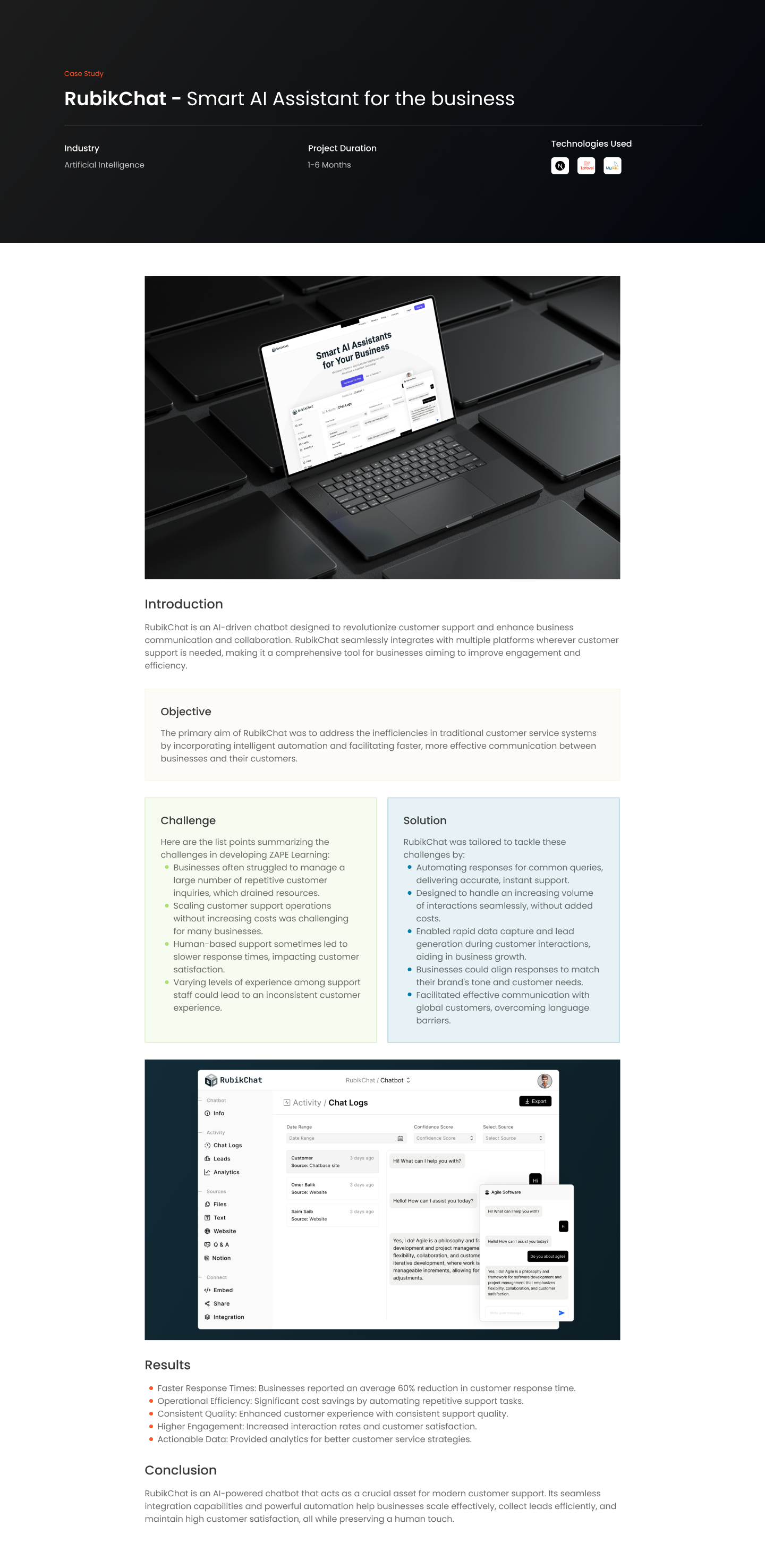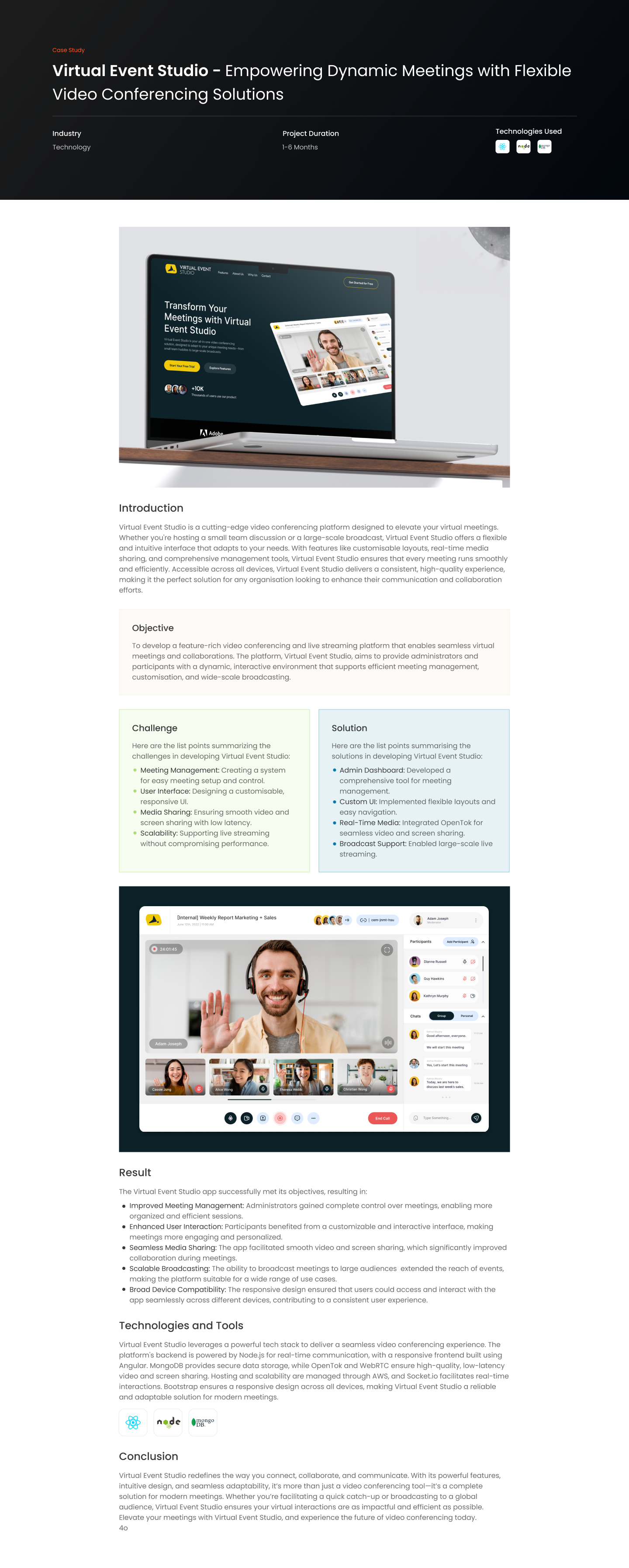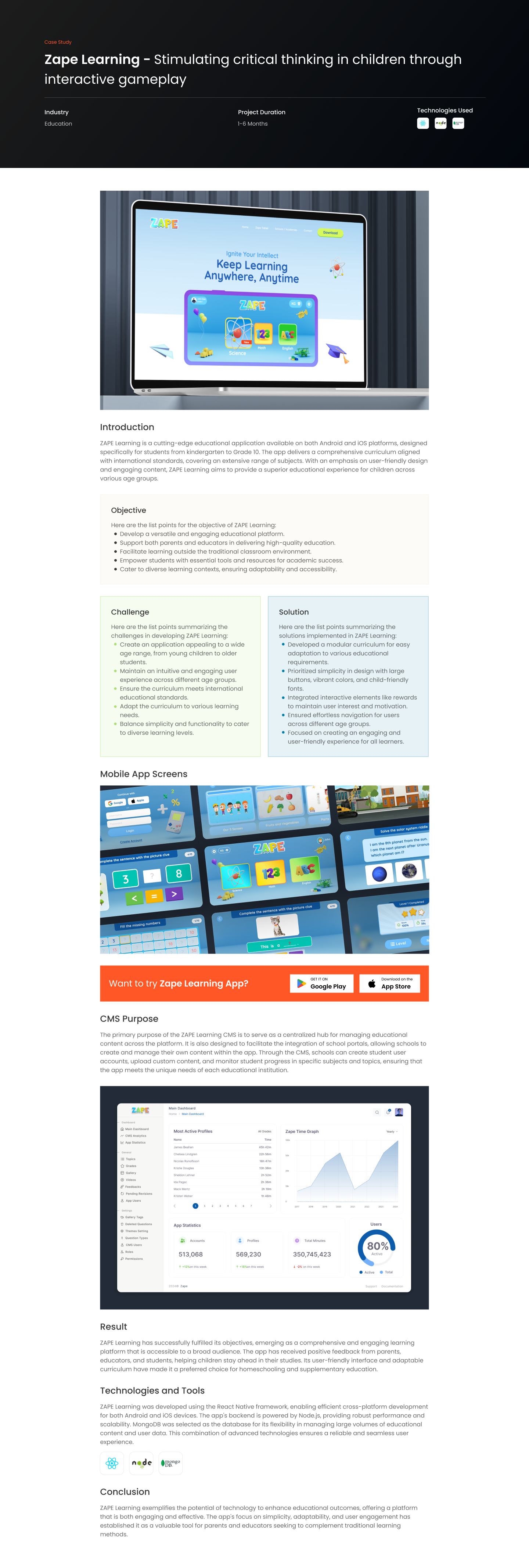Introduction
DevOps is a methodology that seamlessly integrates software development (Dev) and IT operations (Ops). This blog post will illuminate how DevOps revolutionizes software development and operational efficiency, fostering a culture of collaboration and continuous improvement. Ready to embark on this journey? Let’s begin!
What is DevOps?
DevOps is not just a set of practices; it’s a cultural shift that encourages collaboration between development and operations teams. It aims to shorten the systems development life cycle while delivering features, fixes, and updates frequently in close alignment with business objectives.
Core Principles of DevOps
- Continuous Integration/Continuous Deployment (CI/CD): Automating the integration and deployment process to ensure rapid and reliable software release cycles.
- Automation: Emphasizing automation to reduce manual work, increase efficiency, and minimize errors.
- Collaboration and Communication: Fostering a culture where developers and operations teams work closely together.
- Monitoring and Feedback: Continuously monitoring performance and seeking feedback to improve the product.
Benefits of Implementing DevOps
- Faster Delivery Time: Accelerate time to market with rapid development and deployment.
- Improved Collaboration: Break down silos between teams for better outcomes.
- Enhanced Quality: Continuous testing ensures higher quality and fewer bugs.
- Increased Efficiency: Automation streamlines workflows and reduces manual labor.
- Better Problem Solving: Collaborative efforts lead to innovative solutions.
Challenges in Adopting DevOps
- Cultural Change: Shifting to a DevOps mindset requires changes in culture, processes, and tooling, which can be challenging.
- Integration of Tools and Processes: Harmonizing various tools and processes across teams can be complex.
- Skillset and Training: Ensuring the team has the necessary skills and training for DevOps practices is crucial.
Implementing DevOps in Your Organization
- Start Small: Begin with a pilot project and gradually expand DevOps practices.
- Invest in Training: Provide training and resources to your team.
- Choose the Right Tools: Select tools that align with your organization’s needs and culture.
- Foster a Collaborative Culture: Encourage open communication and collaboration across departments.
Conclusion
DevOps is more than just a methodology; it’s a catalyst for change in the software development and IT operations landscape. By embracing DevOps, organizations can foster a culture of collaboration, improve efficiencies, and deliver higher quality software at a faster pace.
Further Reading and Exploration
For those interested in diving deeper into the world of DevOps, the following topics and resources offer a rich avenue for exploration and learning:
- DevOps Methodology Deep Dive: Understand the intricate methodologies and practices that form the backbone of DevOps, such as Agile, Lean, and ITIL.
- Advanced CI/CD Techniques: Explore more sophisticated approaches to Continuous Integration and Continuous Deployment to optimize your DevOps pipeline.
- DevOps in the Cloud: Investigate how cloud technologies and services like AWS, Azure, and Google Cloud Platform can enhance DevOps processes.
- Containerization and Orchestration: Delve into technologies like Docker and Kubernetes, which are revolutionizing how applications are developed, deployed, and managed.
- Infrastructure as Code (IaC): Learn about tools like Terraform and Ansible that allow for managing infrastructure using code principles.
Each of these topics will deepen your understanding of DevOps and equip you with the knowledge to implement and improve DevOps practices in your organization.











